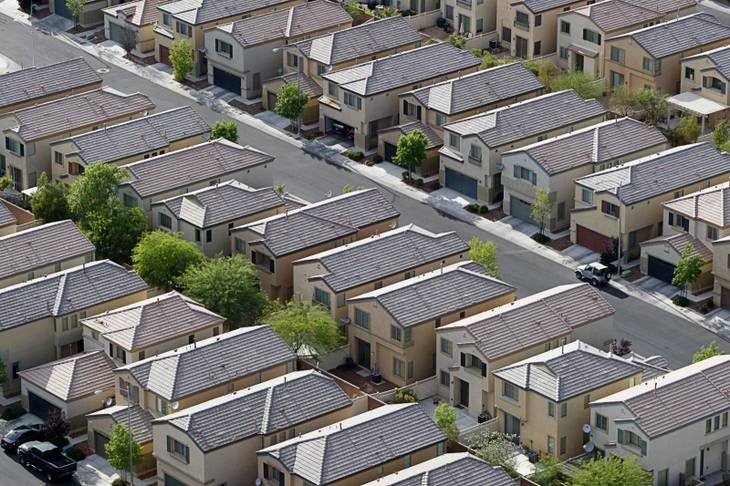Las Vegas is expected to be among the 50 fastest-growing metropolitan areas over the next five years, according to a computer projection released today by Pitney Bowes Software.
The city ranks 48th in percentage of anticipated growth and 23rd in the expected number of new households in Pitney Bowes’ first Metro Magnet Index report.
The model, which examined trends in 384 U.S. metropolitan areas, forecasts slow, steady 1 percent annual growth for Las Vegas over the next five years, adding 33,500 households by 2017.
The growth forecast for Las Vegas is comparable to Phoenix, which was one of the fastest-growing cities in the first decade of the 21st century. In terms of number of real households, Las Vegas is on par with projections for the Chicago and Nashville metropolitan areas.
Pitney Bowes created the model as a way of helping businesses map future expansion plans.
“Projected household growth is a critical indicator for the economic prospects of a specific geographic area, and this data can help real estate, retail and a range of other businesses, plan their growth strategy scientifically,” John O’Hara, president of Pitney Bowes, said in a statement.
Houston, with a projected 141,000 additional households, is expected to experience the most growth, followed by Atlanta (106,000) and Washington, D.C., (84,000). The Provo, Utah, and Austin, Texas, areas are expected to have the highest percentage of growth, with the number of households jumping by 7.5 percent.
Nationwide, more people are moving to cities, the Pitney Bowes model shows, with household growth expected in 98 percent of metropolitan areas. Of cities with 100,000 or more households, only Detroit and Charleston, W. Va., are projected to experience declines over the next five years.
